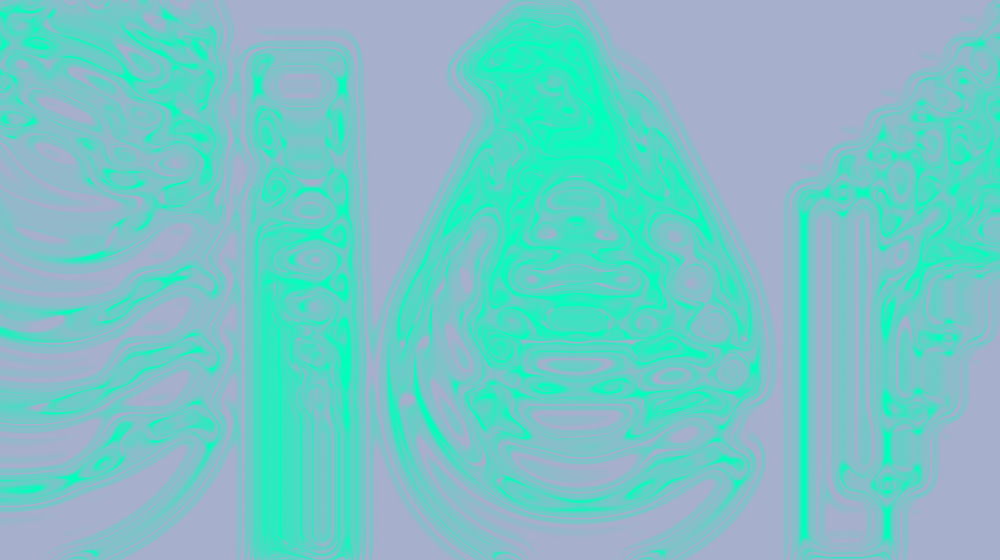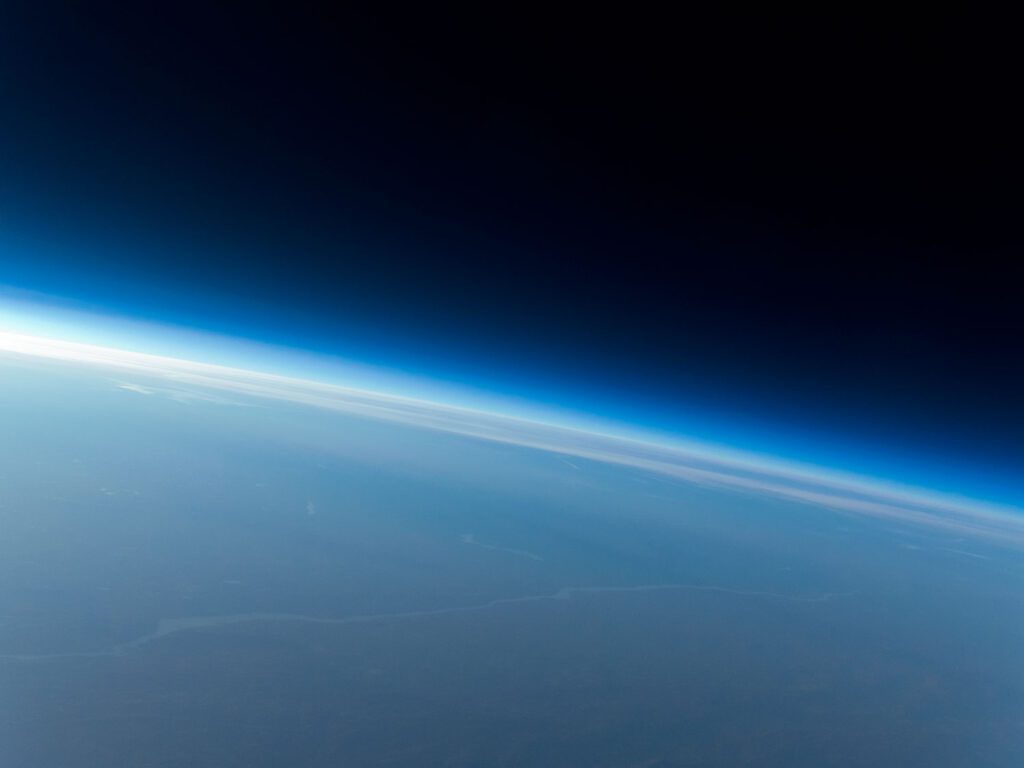Following our goal of promoting transdisciplinary research, we participate in different projects in which we incorporate artistic vision into the creation and dissemination of scientific knowledge made at IBEC.
IBEC’s artist in residence Programm
We are delighted to offer an ongoing open call for artists, providing a unique opportunity to collaborate with our researchers and explore the intersection between art and science.
If you are an artist seeking to push the boundaries of your practice, we invite you to apply by sending us an email at ibeccommunications@ibecbarcelona.eu.
We look forward to delving into the synergy between art and bioengineering.
Check out our collaborations below!
DAY BY DAY IN SCIENCE
IBEC Brings Science to the Spotlight at the 43rd Comic Barcelona
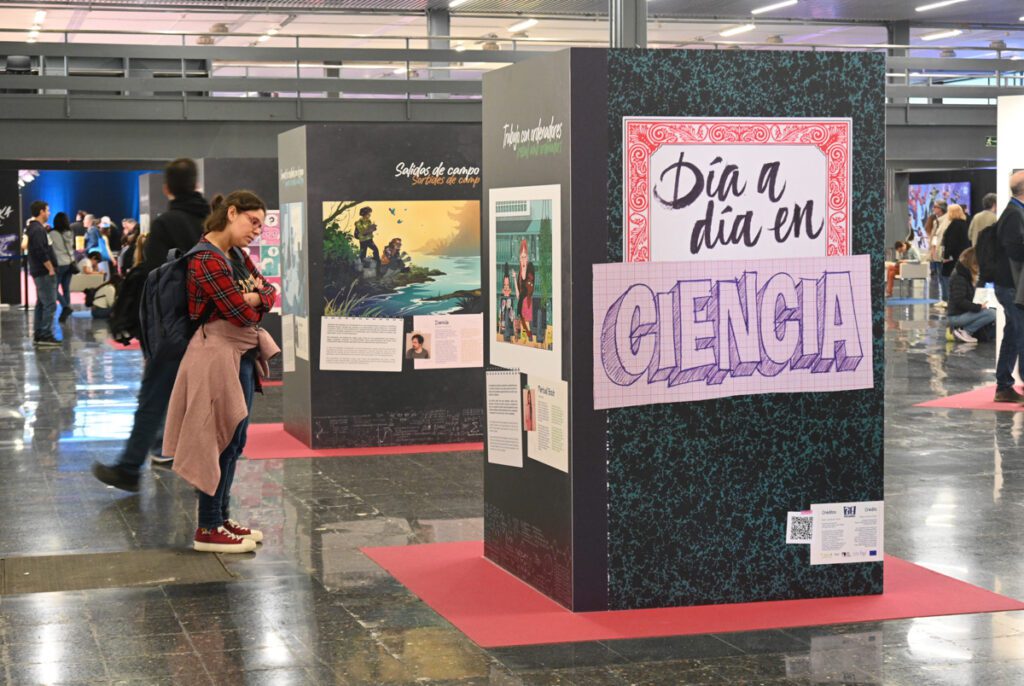
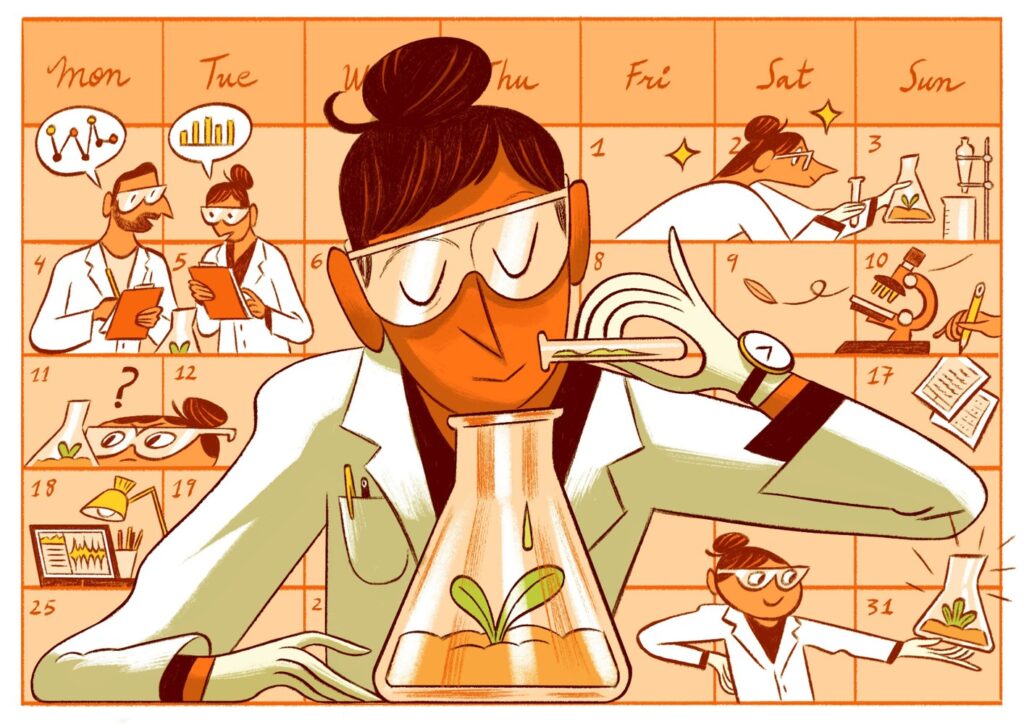
We captivated audiences at the 43rd Comic Barcelona with the exhibition ‘DÍA A DÍA EN CIENCIA. ¿Qué hacemos los científicos?’, created in collaboration with Ficomic and led by researcher Aurora Dols Pérez. Featuring 15 illustrations by top graphic artists, the exhibit offered a fresh, realistic view of scientific life, breaking stereotypes and showing the diversity behind research. Alongside talks and workshops, IBEC brought science closer to people of all ages in a creative and engaging way.
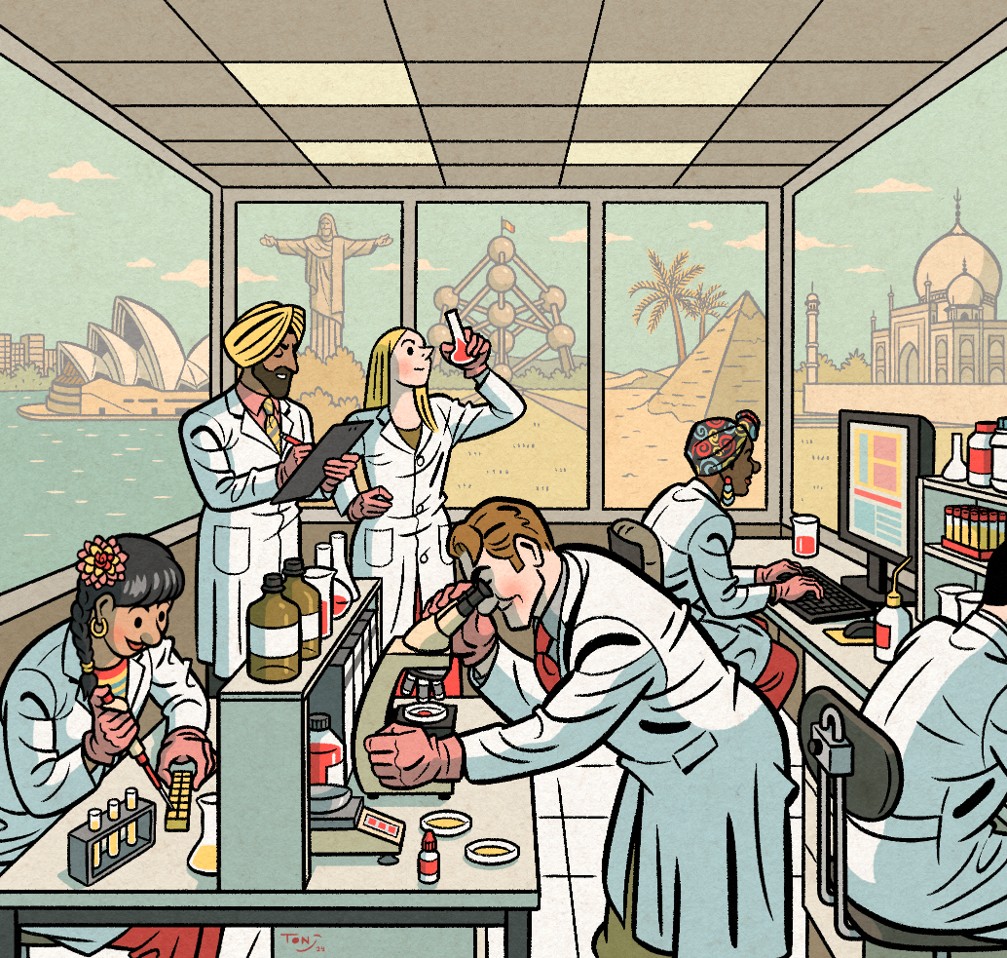
Related news
MIREIA CASANYES
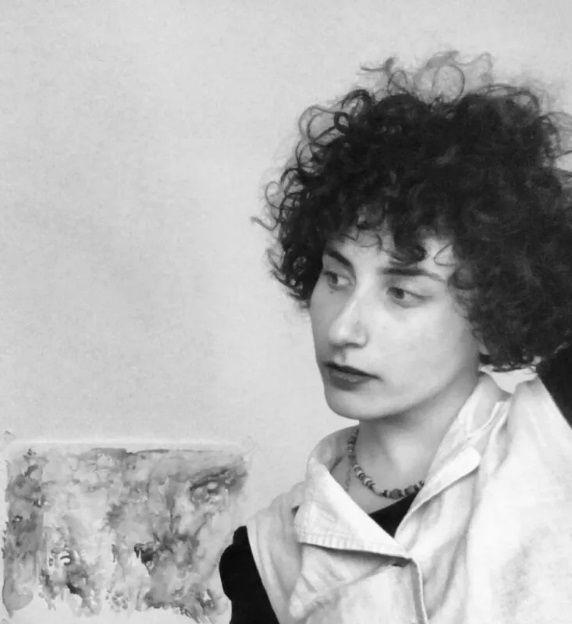
We are excited to host Mireia Casanyes for an intensive poetry residency at IBEC.
As part of the “Radical Science” cultural program, in collaboration with the CCCB, poet and researcher Mireia Casanyes, who has studied Literary Studies and German Studies and published the poetry collection L’ombra forana (Edicions Món de llibres, 2021), winner of the Miquel Àngel Riera City of Manacor Poetry Prize, began her residency at IBEC in March 2025 with the aim of developing poems based on our center’s research.
During her residency at IBEC, poet Mireia Casanyes had the opportunity to engage with thirteen researchers, immersing herself in a scientific environment that generously embraced her literary vision. Her closest collaboration was with the Integrative Cell and Tissue Dynamics and Cellular and Molecular Mechanobiology groups, drawn primarily by their cross-disciplinary interest in building bridges between science and art. According to the young poet, her stay at IBEC was a transformative experience, a way of approaching science from within, understanding its rhythms, its language, and its challenges, and demonstrating that knowledge, when shared with curiosity and respect, can also be an act of co-creation.
“What emerged was not just a fusion of disciplines, but a true space for mutual listening: while the teams shared the complex processes they were investigating—membranes, nuclei, tissues in motion—I provided a poetic interpretation of these phenomena.” – Mireia Casanyes.
Finally, in celebration of World Poetry Day, we held a special seminar at IBEC that included a joint recital by Mireia Casanyes and poet Joan Duran, giving voice to this dialogue between two worlds that, far from being unrelated, recognize each other as complementary.

RADICAL SCIENCE
IBEC collaborates with CCCB on the cultural project ‘Radical Science’ to reflect on the future of research
At IBEC, we are joining forces with the CCCB on the cultural project ‘Radical Science’, which will launch on 20 January 2025. This initiative brings together science and art to explore how 21st-century research is transforming our world. Through topics such as biotechnology, quantum physics, and space exploration, we aim to create a space for reflection on the role of science in today’s and tomorrow’s society. Alongside leading scientific and artistic voices, we seek to bring knowledge closer to the public through a creative, critical, and transformative perspective.
Related news
S+T+ARTS SYMPOSIUM
The S+T+ARTS Symposium, held on 29 and 30 October 2024, provided a space to reflect on how art, science, technology, and society can come together to drive meaningful change.
At IBEC, we presented our “Art and Science” programme as an example of this creative connection between disciplines. We highlighted the importance of having effective intermediaries to facilitate cross-sector collaboration, as well as the need to establish clear metrics to assess the impact of these innovative projects. It was an opportunity to share our experience and reaffirm the value of integrating creativity into scientific research!
Related news
BEAUTY IN SCIENCE
Our scientists participated with various images and photographs in the exhibition “Beauty in Science”, an initiative organized by the MMRES master’s students in collaboration with the BIST community.
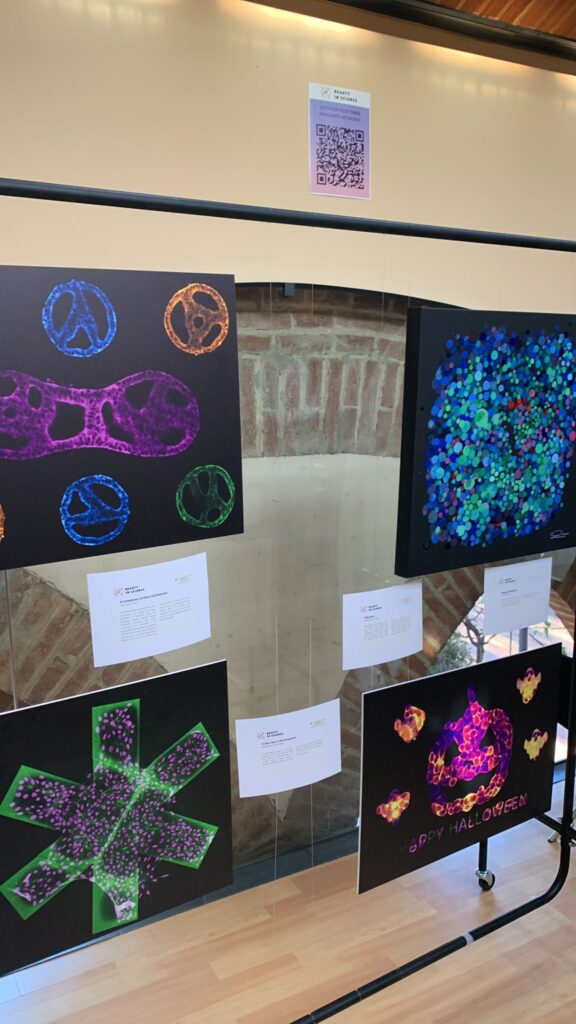
The event took place on February 23, 2024, at Pavelló Garbí, Recinte Maternitat, Barcelona. The aim was to create an informal atmosphere that encourages diverse individuals to come together, exchange ideas, and appreciate artistic and scientific creation, thereby challenging the misconception that science is ‘boring’.
Additionally, Tess Marschner, IBEC’s artist in residence during 2023-2024, participated in the panel of experts. She shared perspectives and debated ideas with Dr. Clara Borràs, an artist and postdoctoral researcher at the IRB, and Isa Loureiro, an illustrator for the digital training platform ‘Ilustraciencia’. The event culminated in an award ceremony, where attendees voted for their favorite artwork.
It was a unique opportunity for IBEC to celebrate the fusion of art and science and showcase not only scientific advancements but also the artistic beauty and inspiration behind our scientific research.
TESS MARSCHNER
We are delighted to welcome Tess Marschner as our artist-in-residence in 2023/24. Her working period is funded by the Art Foundation of the Free State of Saxony (KDFS Germany) as well as the Erasmus+ programme of the European Union.
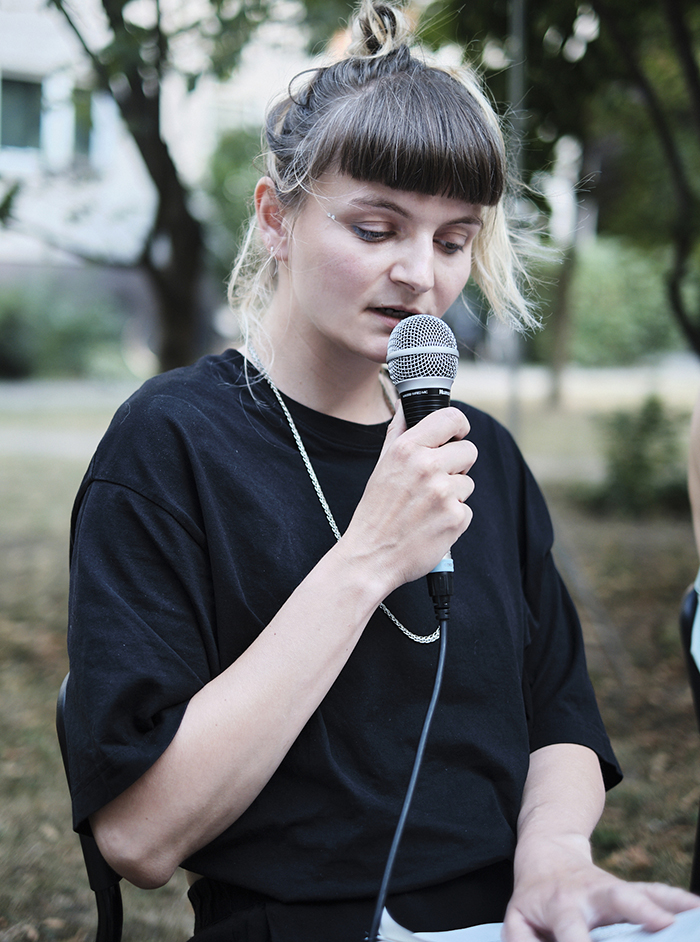
Tess Marschner was born in East Berlin in 1989. She did a training as a photo designer at Lette-Verein Berlin, from 2016 she studied in the class of Tina Bara for “Photography and moving image“ at the Academy of Fine Arts in Leipzig (HGB). In 2020 she spend one semster in the Video & Photo Department at UNARTE Bucharest. In February 2023, she completed her diploma studies with the solo show “Animal Reminder” at Fetti Amore Leipzig.
In her work, Tess M. examines the ways in which scientific and theoretical knowledge shape and shift social relations. Her focus is on feminist, non-human and animal actors. She mainly works with texts and videos, but also with project-related materials. In her videos, she interweaves research materials and found footage with subjective sources. She sees herself as a storyteller and curator of these materials. Tess M. regularly works together with groups of artists and experiments with different forms of expression. With the artist collective HAZY BORDERS, she staged several performances, a thetatre play and a radio piece. The collaborative book project “When The Atmosphere Is Less Than Perfect” was presented at the Museum of Fine Arts in Leipzig (MDBK).
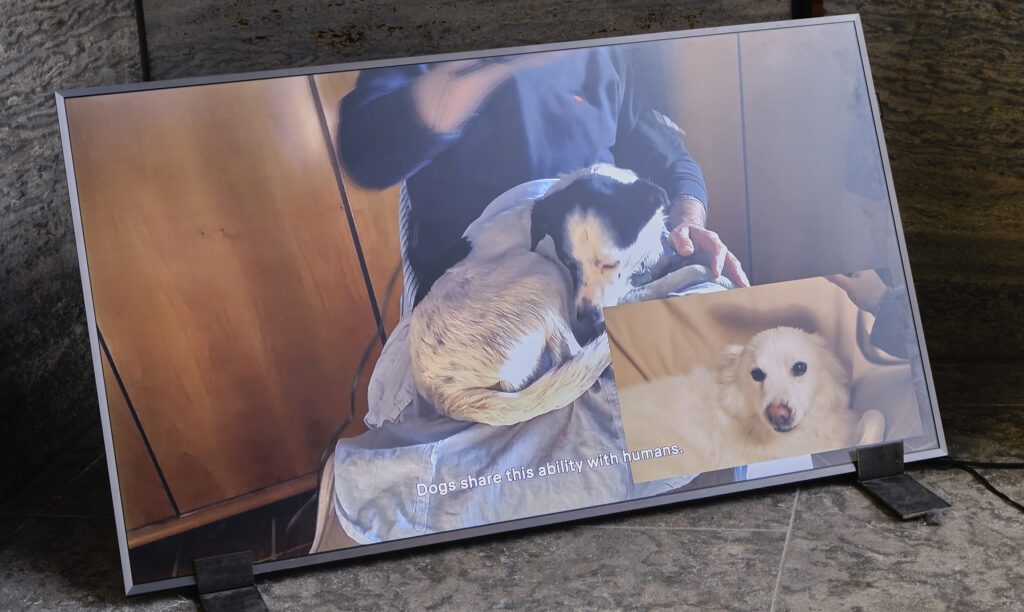
Tess M.´s artistic practice focuses on the interweaving of humans, animals, plants and other agents through cultural and social processes. In the cell culture laboratory this interweaving takes place on a material level: cells from dog kidneys or mouse lymphs live an undefined existence; genetic cell chimeras are created from humans and mice or humans and pigs. Life forms that are unbodied, partially immortal and only survive in the laboratory environment are distinctive for cell cultures. These formations and fusions question existing categories of the living such as the division between human and non-human. To what extent does this technology change our society?
Driven by her research on the history and potential of cell culture as well as techno-scientific discourses, Tess Marschner produced the video essay “HeLa et al.” as a result of her her artistic residency at the Institute of Bioengineering of Catalonia (IBEC).
The video essay focuses on female and reproductive (parts of) bodies within techno-sciences: Henrietta Lacks’ immortal cell line, the cloned sheep Dolly, wombs, eggs and mice show up both as technical components of the scientific realm as well as entities that challenge the notion of the human, raising ethical considerations.
Follow on Instagram @tess.marschner
Related news
Tess Marschner Personal Area
In this space, illustrator-in-residence Tess Marschner will share her impressions during the different creative phases of the Human Landscapes Laboratory project
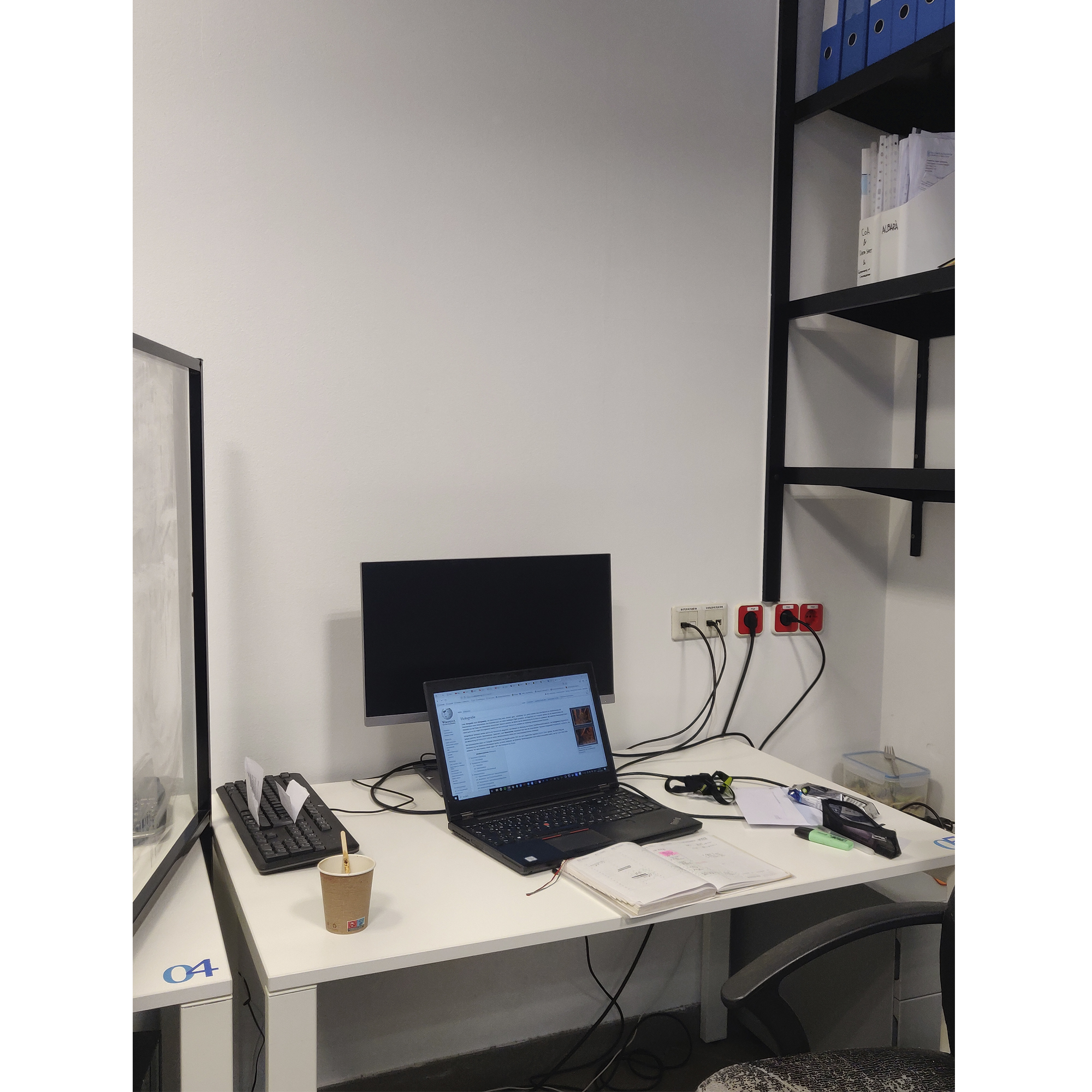
#s1C54
The following weeks I´m gonna share my research and working process with you. In case you are interested to meet me hang around or share thoughts, write me a pm!
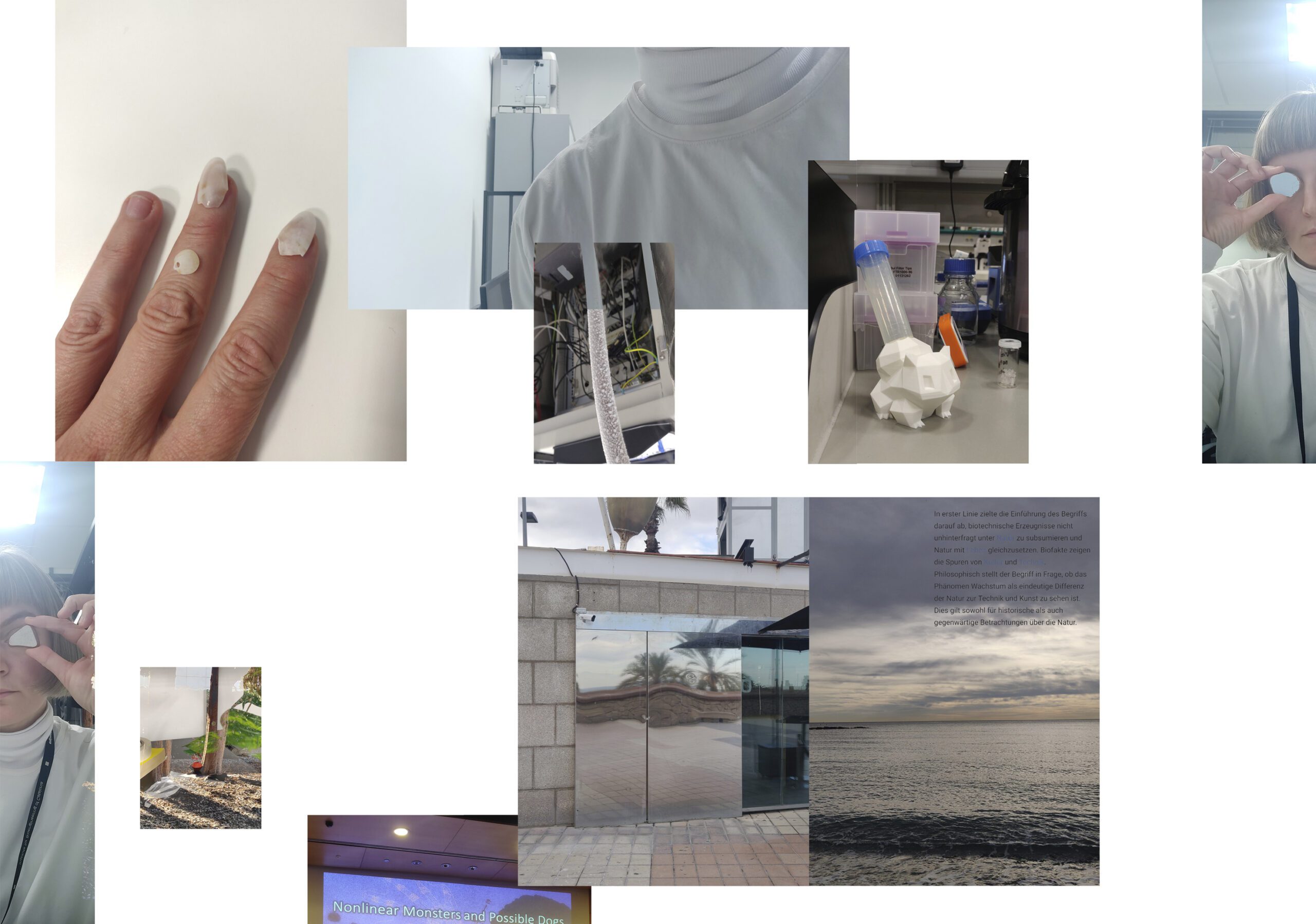
#▄︻デɮɨօʄǟӄȶɛ══━一
~ The primary aim of introducing the term was to avoid unquestioningly subsuming biotechnological products under nature and equating nature with life. Biofacts show the traces of culture and technology. … Read more
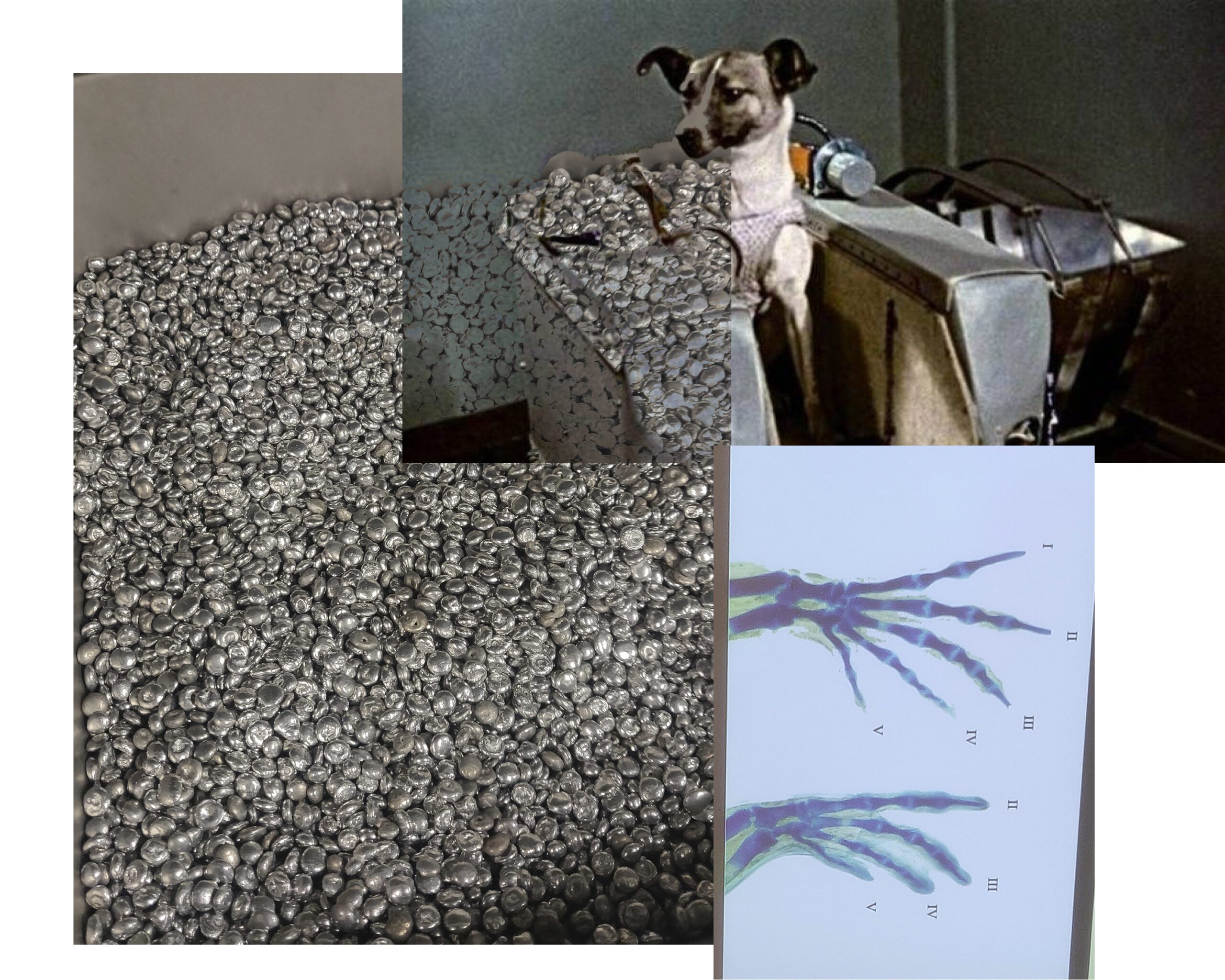
#t̴̋͜e̴̫̒c̵͙̑͟h̵̢̹̐n̴͍̰͊ǒ̵͎s̸̺͇̿͝c̵̨̋̒i̷̫͋̆e̷̠̚n̸͉̲̆͡c̶̼͗̉͟e̴͎̍̀
“Frank Popper inscribed the term technoscience into the artificial word techno-science-art in a striking way, thus utilising a term that was developed by both Bruno Latour and Donna Haraway […] … Read more

@ Transversal Skills January 12th
On January 12th I introduced me & my work @ Transversal Skills.I presented my artistic work with regard to the connecting themes of human-animal studies, posthumanism and queer studies and … Read more
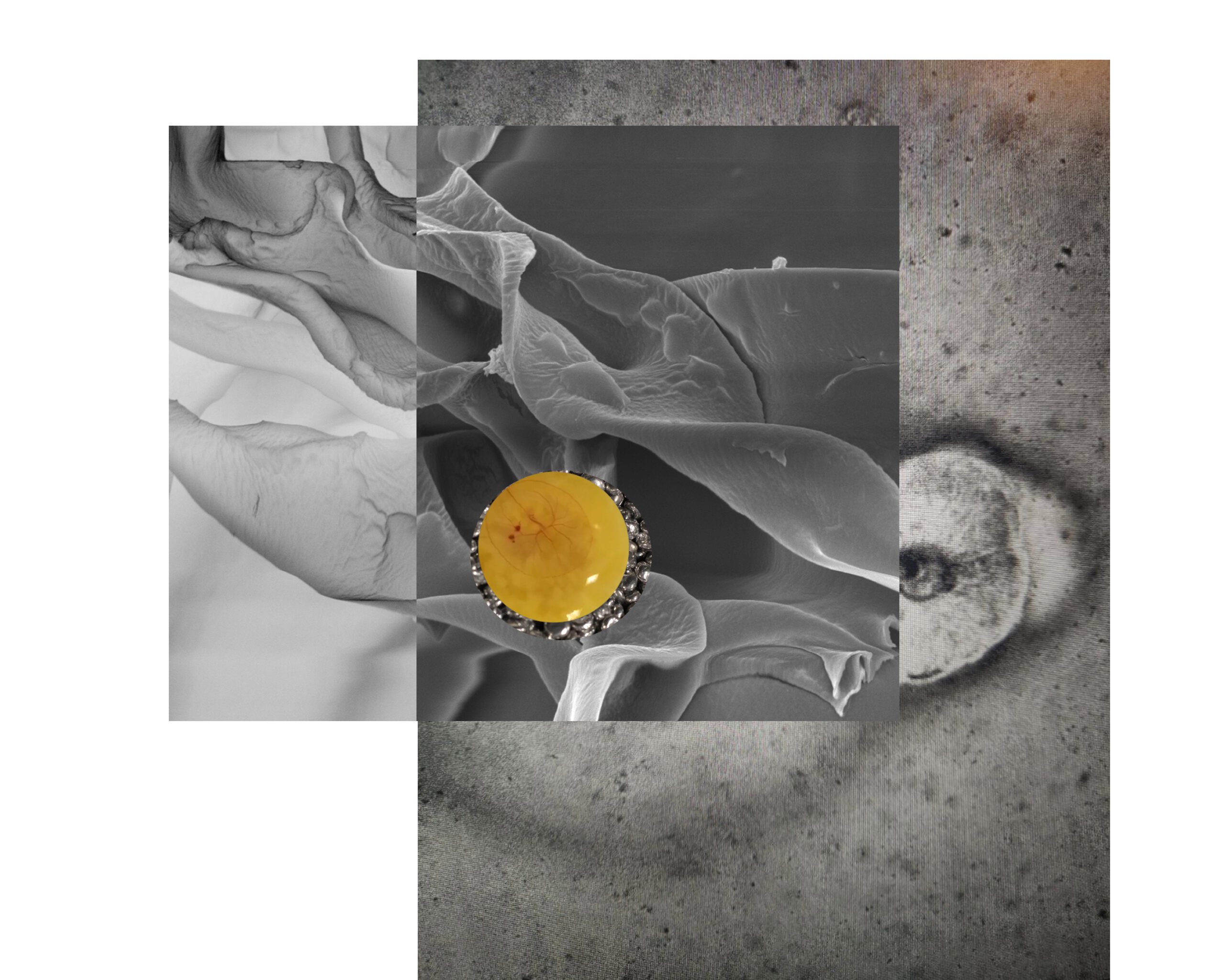
#workinprogress
I usually use videos as containers for different materials, that´s why I am collecting texts, images and videos from my environment. I will create my visual material mainly via Ibec, … Read more
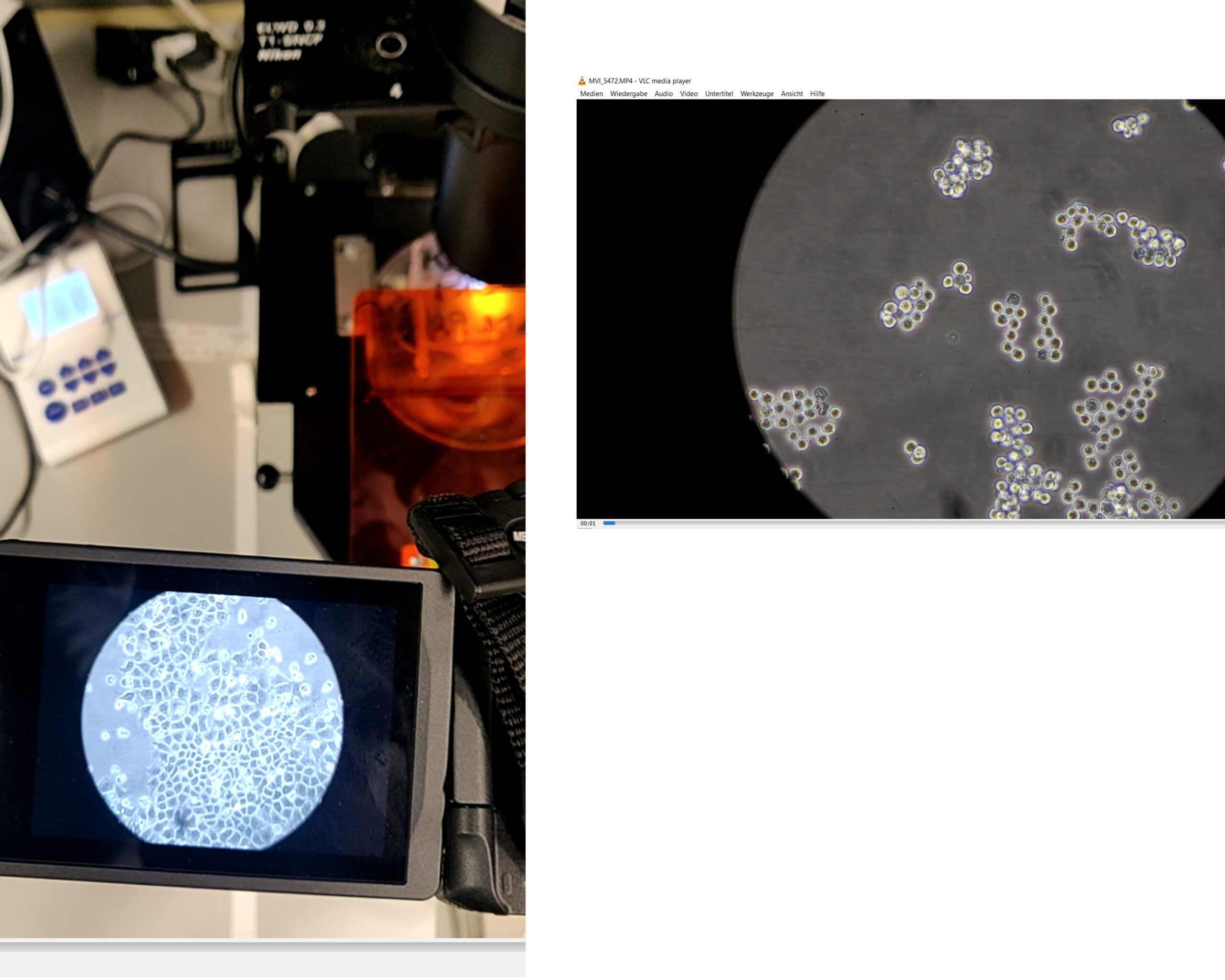
#cell_culture&一═デ︻ ρσѕтнυмαηιѕм ︻デ═一.
My initial interest was in the historical and fictional exploration of the techniques made possible by working in cell culture lab. The possibility of cultivating living matter outside the body, … Read more
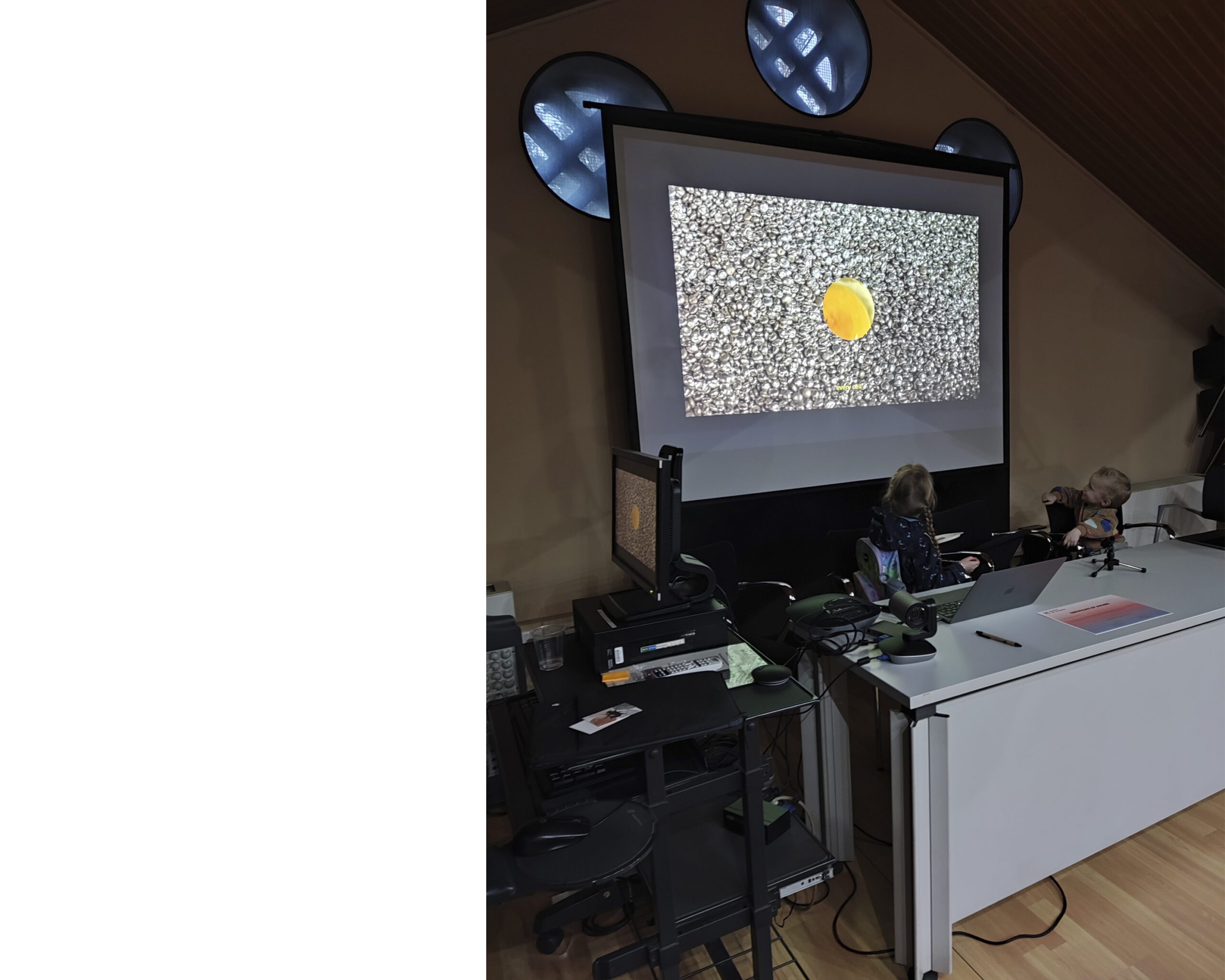
@ beautyinscience February 23th
Last week I showed a teaser of my video. Far from being finished, it was meant to share a current state of my work and to get into the mood … Read more
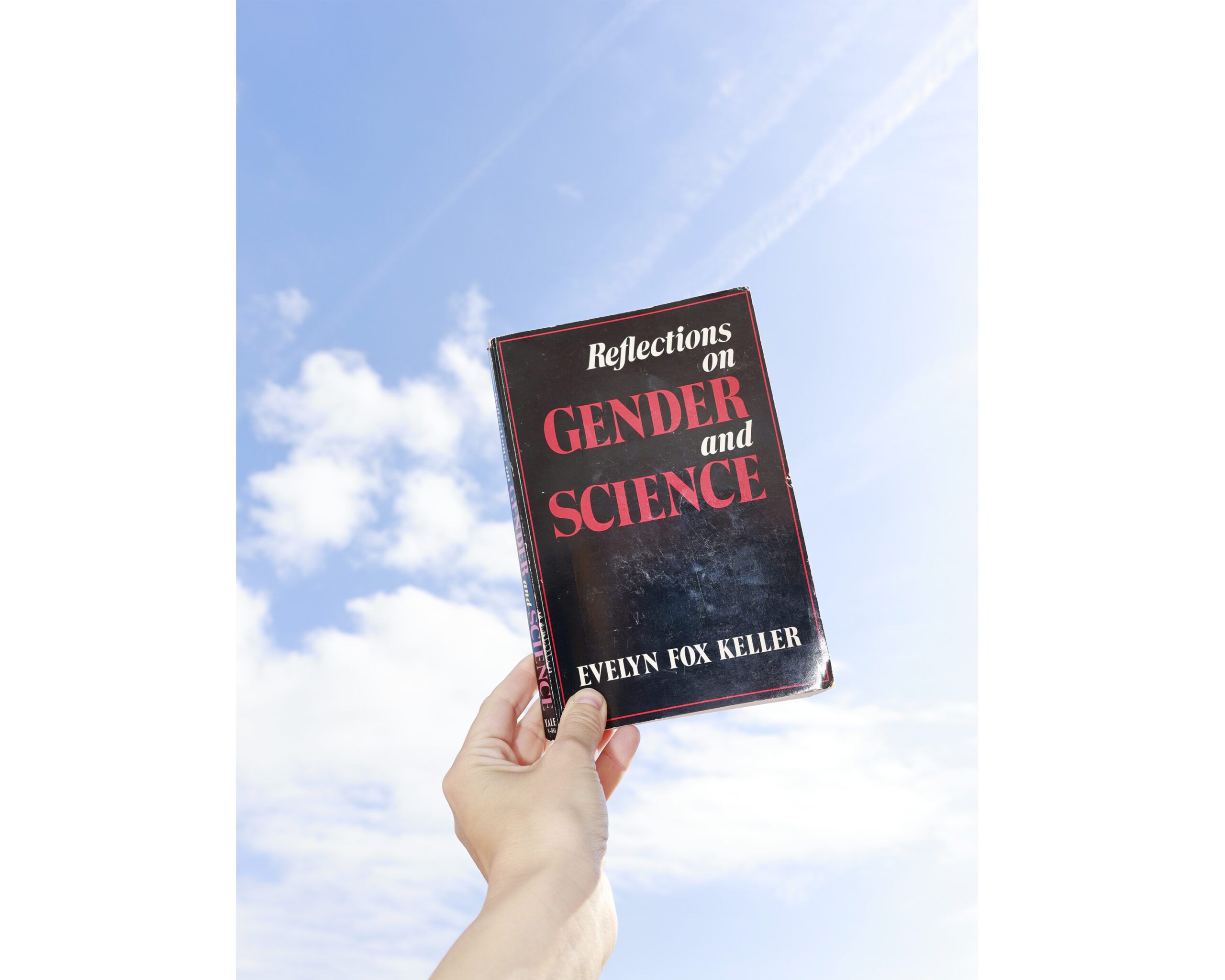
#08/03/24
As part of my research, I’ve only just started reading “Reflections on Gender and Science” and my heart is beating faster. In 9 essays Evelyn Fox Keller examines how the … Read more
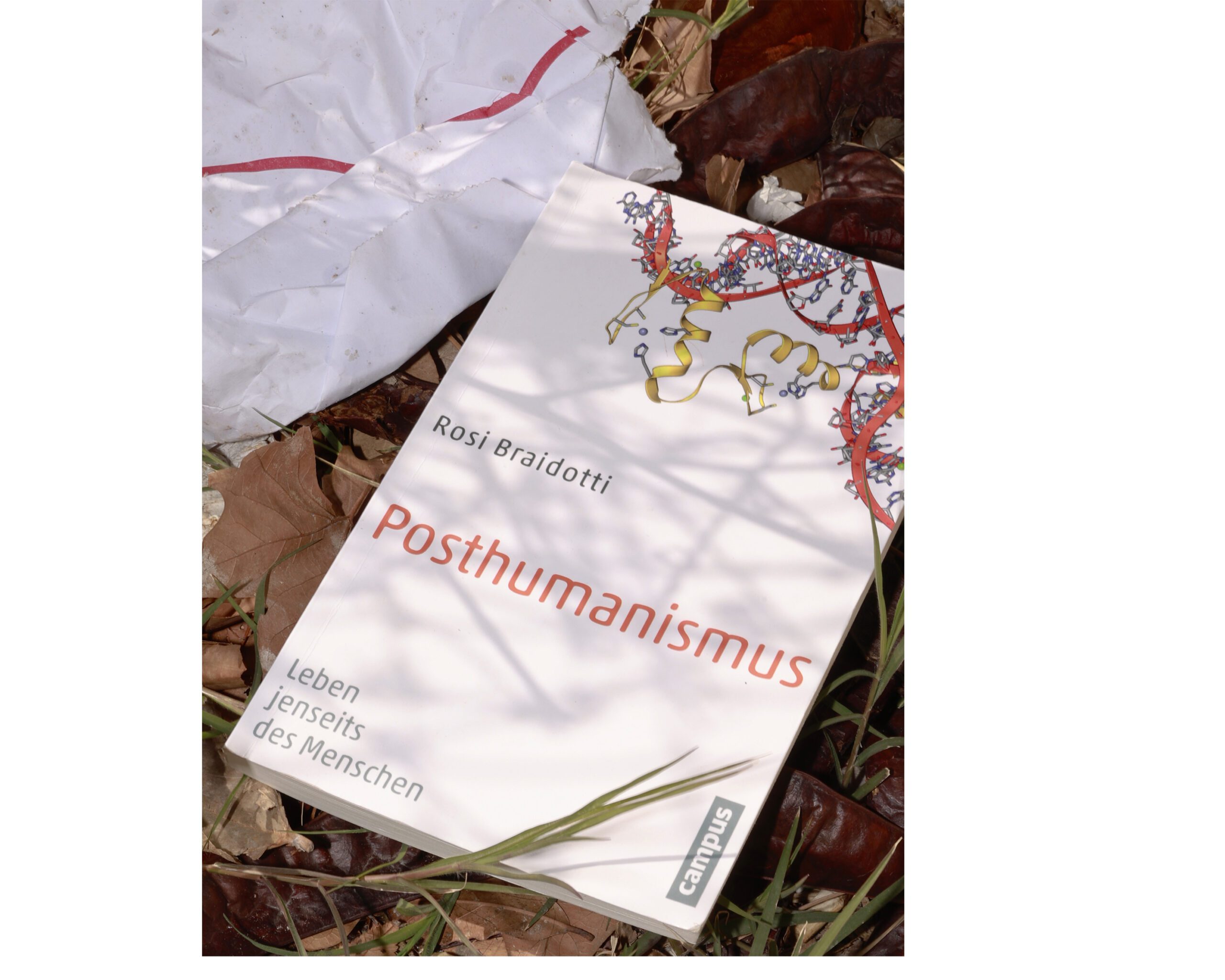
#research
I deeply regret that this adorable book is so unappealingly designed. My mindset for my current research was particularly inspired by it. I have tried my best to present it … Read more
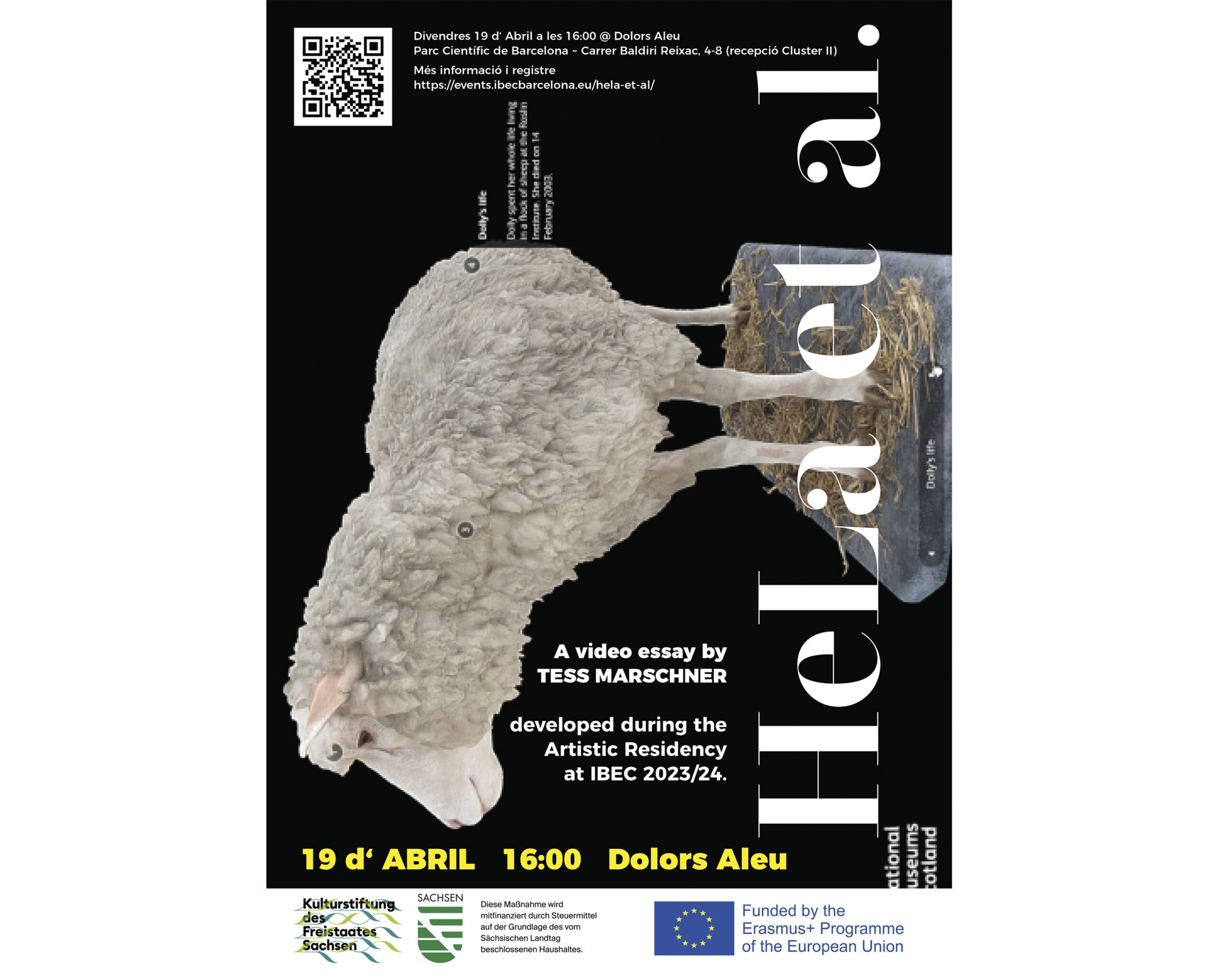
Presentation: HeLa et al.
I am excited to share the video essay which I have produced during my artistic residency at IBEC Barclelona. Fortunately, my work was facilitated by the working scholarship by Kulturstiftung … Read more
CENTENARI ANTONI TÀPIES
We enjoy the opportunity to participate in the inaugural exhibition commemorating the centenary of the birth of Antoni Tàpies.
“A=A, B=B” is an exhibition inspired by the book “New Vision of the World” (1954), a work that has left a significant imprint on Antoni Tàpies’ creations. The exhibition aims to translate the reflections from this book into the present, more than seventy years after its publication. Focusing on transcendent themes such as the spirit of the scientific method, the motivations driving scientific research, and the profound meaning of science in our relationship with ourselves and art, the exhibition seeks to establish a dialogue between the past and the present.
Within this exhibition, we find works from a wide range of artists, highlighting the contribution of IBEC researcher Nimesh Ramesh Chahare, a member of the “Integrative Cell and Tissue Dynamics” research group led by Professor Xavier Trepat.
Furthermore, the exhibition will offer a unique experience through live connectivity with some of our laboratories, allowing visitors to conceptually explore the spaces where the pioneering research of our center takes place.
With this collaboration, IBEC aspires to contribute to the dialogue between art and science, creating connections between disciplines to address fundamental questions about the human condition.
Related news
ROSER CUSSÓ
We are thrilled to have hosted Roser Cussó as our inaugural artist-in-residence. Supported by the Culture Department of the Generalitat of Catalonia, her project, “Laboratory of Human Landscapes,” culminated in an exhibition in March 2023. The exhibition showcased 14 original illustrations and a workbook that documented Cussó’s creative journey during her residency.
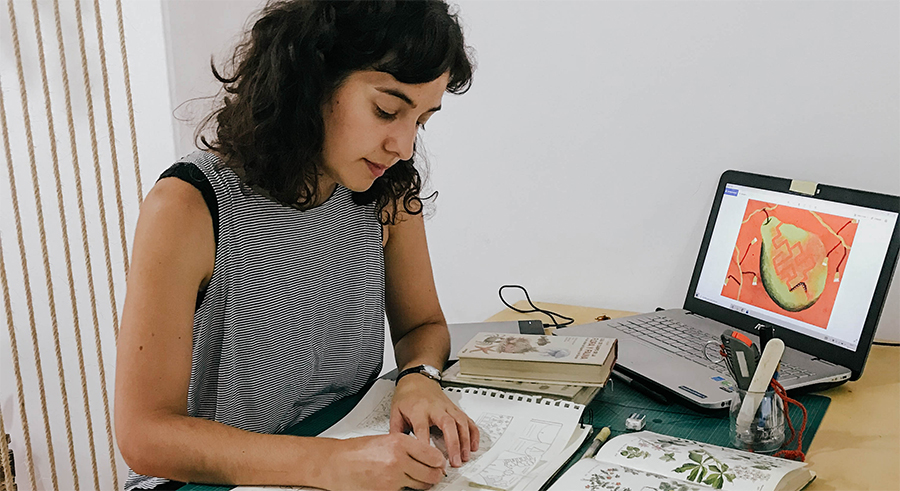
“The Laboratory of Human Landscapes” project aims to focus on the human environments that science has not yet finished defining and which still remain far from rational knowledge”.
Imagination and fiction, as research tools, can help us building fictitious spaces to draw the invisible. Through this artistic research, we want to find new starting points on which new narratives can be built.
Related news
Roser Cussó Personal Area
In this space, illustrator-in-residence Roser Cussó will share her impressions during the different creative phases of the Human Landscapes Laboratory project.
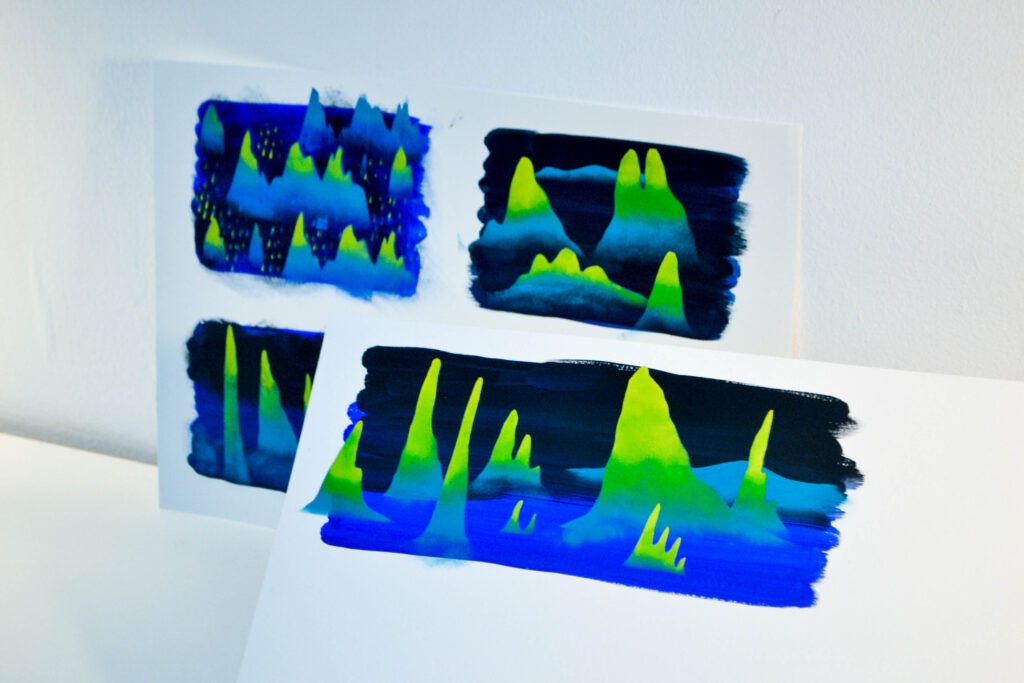
I am starting the artistic residency at IBEC
These first few weeks I am interviewing researchers, while doing fieldwork around the center’s facilities. My research aims to discover which environments and geographical spaces of our body are being investigated by IBEC scientists. Do they resemble the landscapes we have on earth or distant planets?
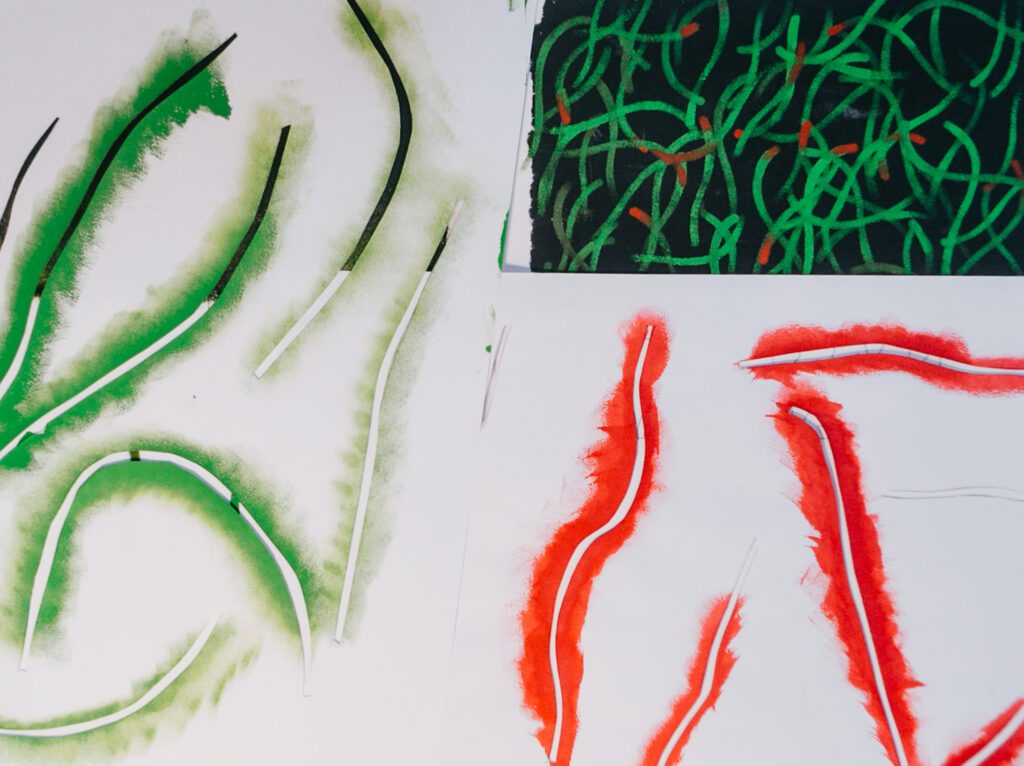
Corridors/labs/meetings
The number of meetings with scientists is increasing. Right now, good orientation is very necessary to find the labs and offices of the research groups in the long corridors of the IBEC. It’s time to familiarize myself with the specific scientific vocabulary of each group and understand the work processes they use.
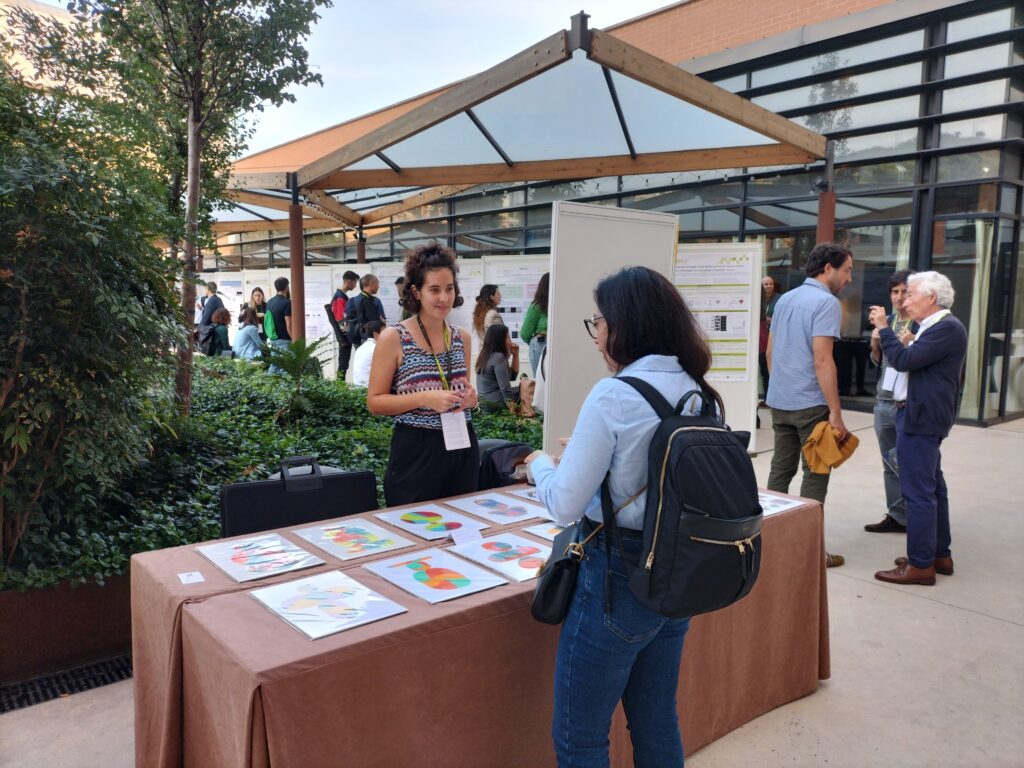
Symposium at the Hotel Alimara
On Wednesday 19th October I attended the 15th IBEC Bioengineering Symposium. It was a good opportunity to meet many people with whom we have met virtually and with whom we have pending meetings. Many of the presentations revealed to me many projects still unknown to me at IBEC. It was the moment to decide to narrow the study frame of the fieldwork and to be aware that I cannot get to know all the research groups in depth. Research must be prioritized.

Artistic research
After numerous meetings with researchers to learn about their work and objects of study, the stage of artistic research begins. This phase is nourished by the meetings, conversations and analysis of the material related to the scientists’ research areas.
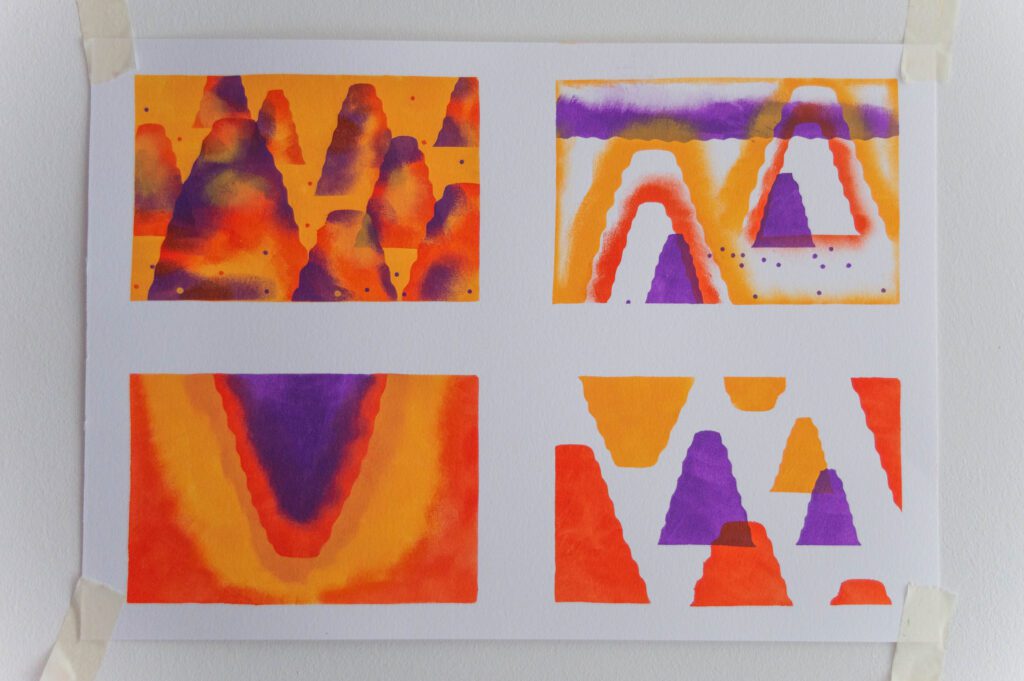
Artificial environments
Artistic research advances and becomes a look that awakens speculative worlds, the vast majority artificially created in laboratories and on a micro scale. In my laboratory I also work in a small format, at the moment, in each paper I concentrate variations of the same starting point. Shapes and colors in different positions become views of the same space.
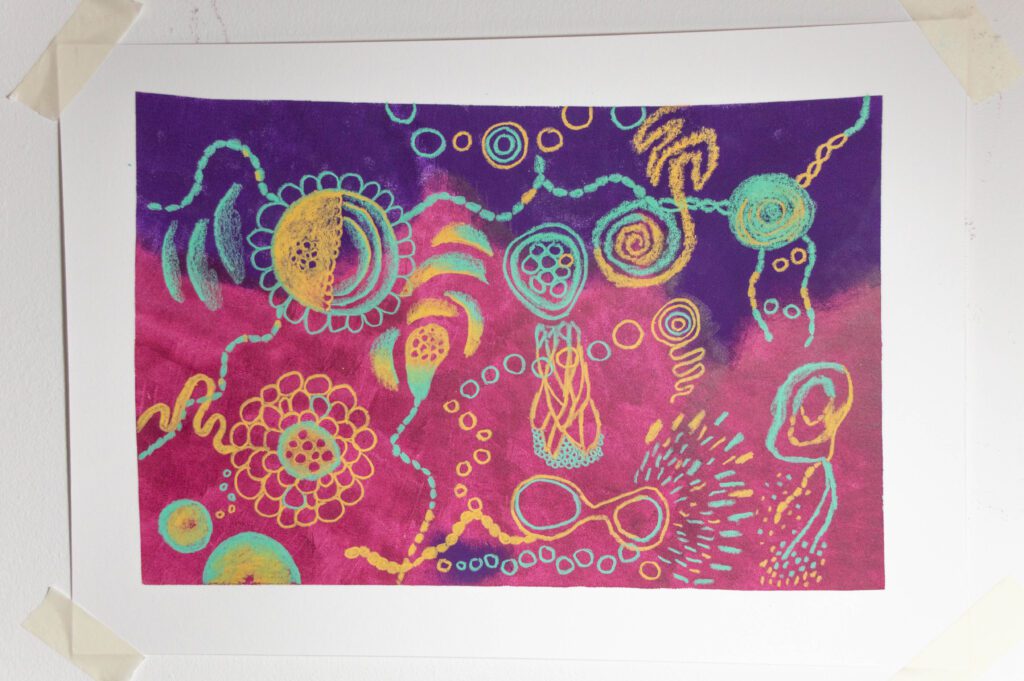
Artificial lives
Small organisms inhabit laboratory cultures. Unique structures that walk in their habitats without knowing that they are being observed. Their life expectancy can vary within the laboratory (hours or days) but in this image they are embodied for eternity.
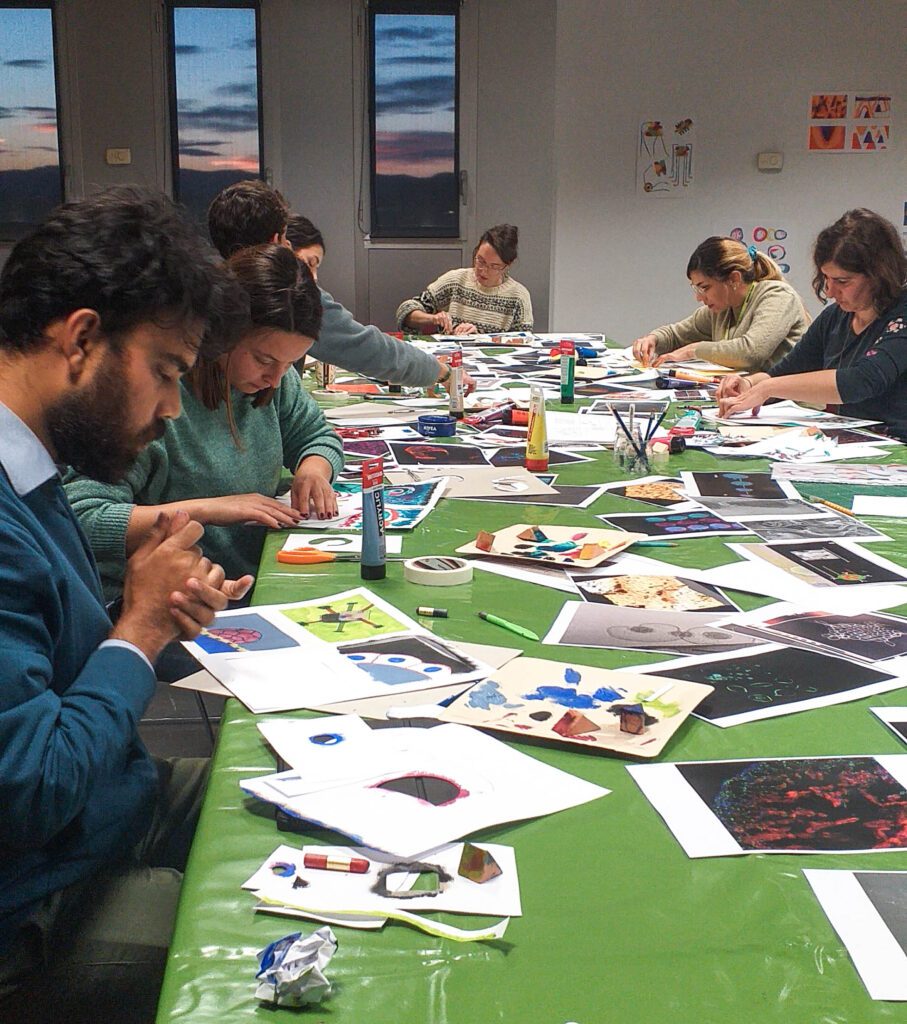
Workshops with the scientific community
During one day I carried out two workshops with scientists from IBEC. We followed the same steps as in my artistic research. The concepts worked with the scientists will serve to expand the vocabulary of the artistic look in order to find new solutions on the scientific material.
ANTONI MUNTADES
In collaboration with Benedetta Bolognesi from IBEC, the renowned artist Antoni Muntadas presented a thought-provoking work on the Tasmanian tiger at Ars Electronica in Linz, Austria. His exhibition, “Welcome to planet B. A different life is possible, but how?,” sparked crucial conversations on extinction.


